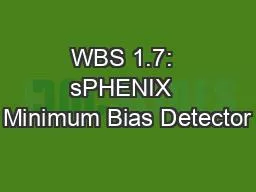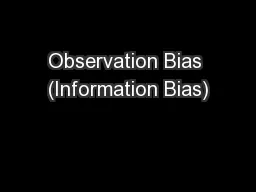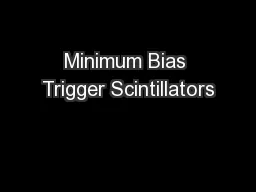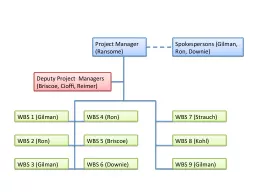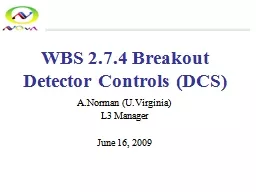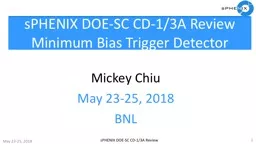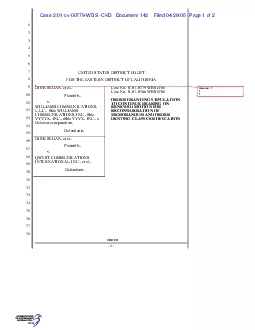PPT-WBS 1.7: sPHENIX Minimum Bias Detector
Author : widengillette | Published Date : 2020-07-02
MBD Mickey Chiu MBD Group BNL MC M Lenz R Pisani RIKEN Yuji Goto ColumbiaNevis CY Chi B Sippach Lehigh U Rosi Reed PHENIX BBC in sPHENIX Higher Magnetic Fields
Presentation Embed Code
Download Presentation
Download Presentation The PPT/PDF document "WBS 1.7: sPHENIX Minimum Bias Detector" is the property of its rightful owner. Permission is granted to download and print the materials on this website for personal, non-commercial use only, and to display it on your personal computer provided you do not modify the materials and that you retain all copyright notices contained in the materials. By downloading content from our website, you accept the terms of this agreement.
WBS 1.7: sPHENIX Minimum Bias Detector: Transcript
Download Rules Of Document
"WBS 1.7: sPHENIX Minimum Bias Detector"The content belongs to its owner. You may download and print it for personal use, without modification, and keep all copyright notices. By downloading, you agree to these terms.
Related Documents

